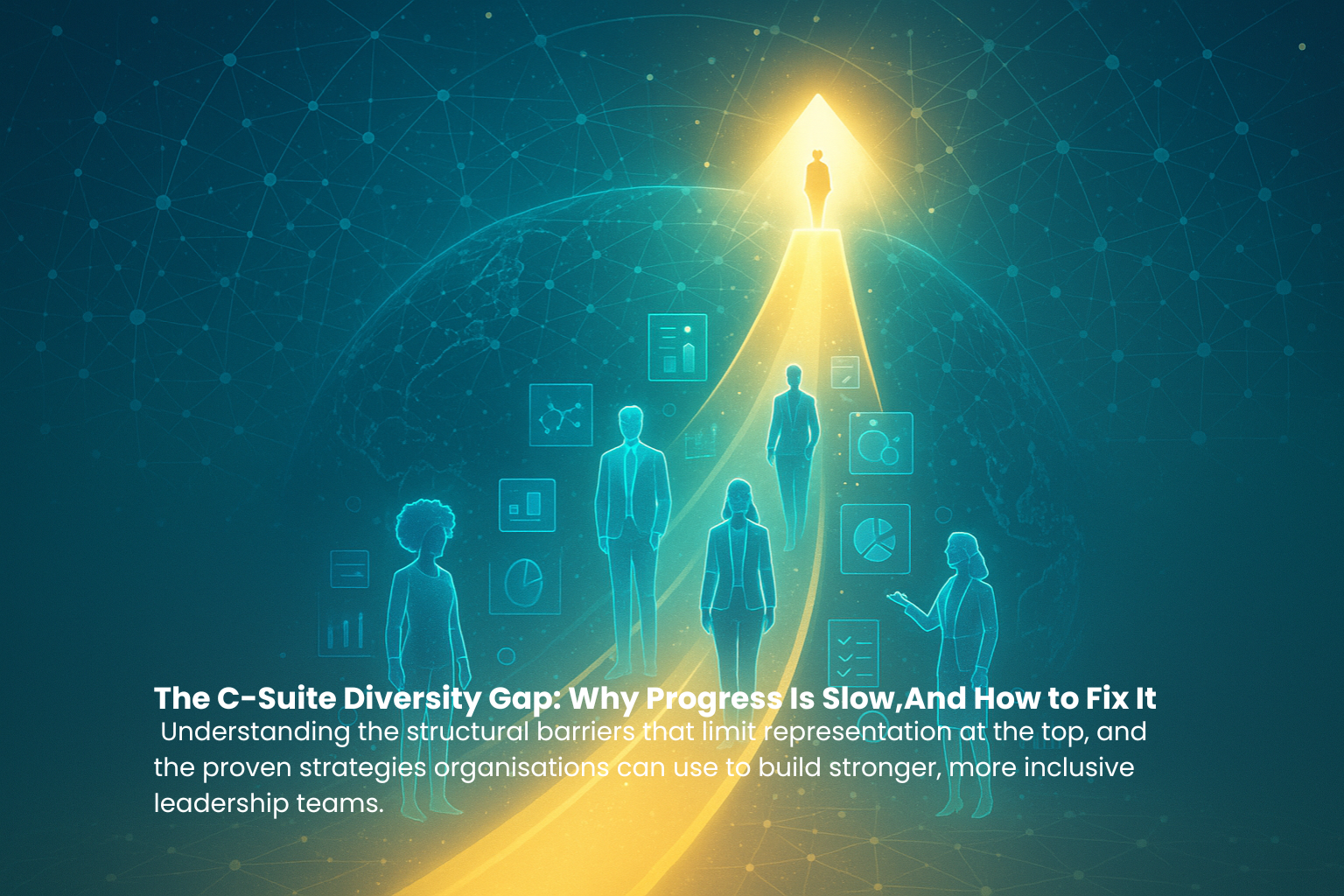Why Executive Search Retention Rates Matter And How a Research-Led Approach Delivers Results 💼🔍
Why Executive Search Retention Rates Matter And How a Research-Led Approach Delivers Results 💼🔍

In executive recruitment, success should not be measured solely by how quickly a role is filled, but by whether the individual thrives and remains in their role long term. For senior leadership appointments, retention is everything.
While many search firms prioritise speed and volume, an increasing number of organisations are recognising the value of a research-led approach, one that consistently delivers stronger outcomes and higher retention rates across leadership roles.
The Retention Challenge in Executive Recruitment 📉
It is a story many boards and HR leaders know all too well: after months of searching and a significant investment in fees, a senior hire is made with high expectations. Yet industry data presents a sobering reality, almost 50 percent of executive placements either fail or leave within 18 months.
The consequences are far-reaching. From lost momentum and disrupted teams to restarting the recruitment process entirely, the cost of a failed leadership hire is substantial. This has led many to re-examine how executive search is conducted, and what truly drives retention.
What Sets a Research-Led Executive Search Apart? 🧭
Traditional headhunting often leans heavily on databases, existing networks and personal connections. While these may produce results quickly, they may not always uncover the best long-term fit. A research-led search, on the other hand, provides deeper insights and broader reach.
This approach is built on:
✅
Comprehensive Market Mapping
Every relevant candidate in a sector or geography is identified, not just those visible through databases. This ensures a truly open and auditable process.
✅
Thorough Candidate Assessment
Beyond technical capability, candidates are assessed for cultural fit, alignment with long-term goals and personal motivation.
✅
Transparent Processes
Clients receive detailed reporting and full visibility into how the search is conducted, removing ambiguity and increasing trust.
Retention Rates That Surpass the Industry Average 📈
Firms using a research-led methodology often report retention rates of 80 to 90 percent for placements remaining beyond the critical first year. That is significantly above the industry average of 50 to 60 percent.
What drives this difference?
🔹
Deeper Candidate Engagement
Search consultants hold extensive conversations to understand values, ambitions and compatibility.
🔹
Cultural Due Diligence
By aligning a candidate’s personality with a client’s organisational culture, there is a far greater chance of long-term success.
🔹
Post-Placement Support
The relationship does not end at acceptance. Continued engagement helps leaders settle in, integrate effectively and deliver early value.
The Business Case for Better Retention 💡
High retention in senior roles offers measurable advantages:
- Reduced disruption to business operations and team cohesion
- Lower recruitment costs from fewer failed placements
- Stronger employer brand through visible, stable leadership
Moving Past ‘Smoke and Mirrors’ 🔎
What truly sets research-led executive search apart is the commitment to transparency. Clients are not handed a shortlist drawn from a closed network, they are given real market intelligence, gathered systematically and presented clearly.
This removes the illusion sometimes associated with traditional search and replaces it with evidence-led insights and strategic recommendations.
Conclusion 🌟
As leadership demands grow and talent competition intensifies, retaining top executives has become more critical than ever. A research-led executive search approach—based on thorough analysis, transparent process and continuous support is raising the bar for what success looks like in this space.
At Wyman Bain, we are proud to lead with insight, integrity and long-term impact.
Ready to explore a smarter approach to executive recruitment?
Visit our website or speak to our team to learn more about our research-led methods and how they can strengthen your leadership team for the long term.



